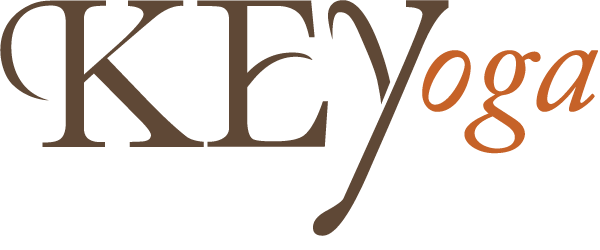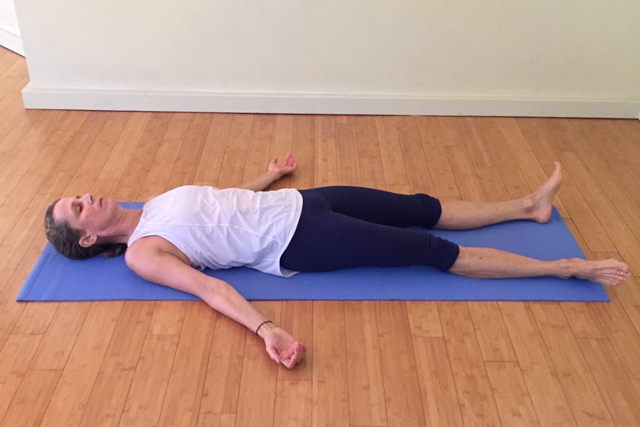An article in the November issue of AARP Magazine about how to be "Younger Every Year" caught my eye. I liked their advice and the fact that they covered three main areas: physical exercise, diet and emotions, but I still thought it was incomplete. Here is their list of the 7 Steps to Getting Younger Every Year:
Exercise six days a week for the rest of your life.
Do serious aerobic exercise four days a week for the rest of your life.
Do serious strength training, with weights, two days a week for the rest of your life.
Spend less than you make.
Quit eating crap!
Care.
Connect and commit.
And here is my take on it:
Exercise six days a week for the rest of your life.
Being active is important. We all know that if we don’t use it we will lose it. Exercise has been shown to be beneficial for cardiovascular health, muscle building, balance, bone density, mood elevation and maintaining memory. Definitely do this!
AARP recommends 4 days a week of aerobics and 2 days of weight training.
Do serious aerobic exercise four days a week for the rest of your life.
The recommendation is to do 45 minutes of aerobic exercise a day four days a week.
Aerobic exercise changes your blood chemistry and makes it less acidic, which means more anti-inflammatory.
It reduces you’re your risk of heart disease and some cancers by 50%.
It reduces your risk of Alzheimer’s by 40%
There are many forms of aerobic exercise to choose from: bike, jog, swim, hike,... The important thing is to choose some form that you like to do and get out there and do it. Put it into your calendar and commit to doing it! You might want to read the book Better than Before by Gretchen Rubin or The Power of Habit by Charles Duhigg to help you commit to healthier habits.
Do serious strength training, with weights, two days a week for the rest of your life.
While aerobics keeps you alive and moving, strength training offers you a better quality of life. Without strength training you lose 10% of your muscle mass per decade after age 40. You suffer the same loss of bone density. This means that by age 60 you have trouble getting out of a deep chair!
I love to lift weights, but not a lot of yogis do. I find that lifting weights enhances my yoga experience and vice versa.
Get an app on your phone to create workouts, get a trainer at the gym, do free weights, machines, bands or body weights. Do something!
Spend less than you make.
Overspending creates stress! Live within your means, or, as the comedian Kevin Hart says, “Stay in your own lane.” Don’t try to keep up with anyone else.
Quit eating crap!
I love the AARP article on this one. It says, “Don’t eat crap! We all know what crap is. Just don’t eat it!”
Crap is also defined as “dead food”. This is food that has no nutrients. It is called dead because refining takes out almost all of the vitamins, minerals and fiber. It’s tasty, digestible and you can eat a lot of it without feeling full. But since it is lacking nutrients it is not fueling our bodies. It can make us fat and sick.
Care, connect and commit.
We are social animals. We need other people and we need to feel needed and connected. Work on your friendships, they matter more as we age. Get a pet to love and take care of if you are an animal lover. Make time for your friends and family. Volunteer.
Meditate and relax.
Our lives are stressful. And for a lot of people the stress never turns off. Yoga, working out, being with friends, having a dog or cat that loves you and meditation practices can’t take away the stress of modern life, but these activities can create a pause in the stress of your day. Often, that pause is all we need to break the cycle of stress and let our natural endorphins and hormones take over and heal our bodies.
20 minutes, twice a day is what is recommended for meditation or relaxation. There are apps you can use for meditation, or you can just set a timer on your phone and put your feet up for twenty minutes!









